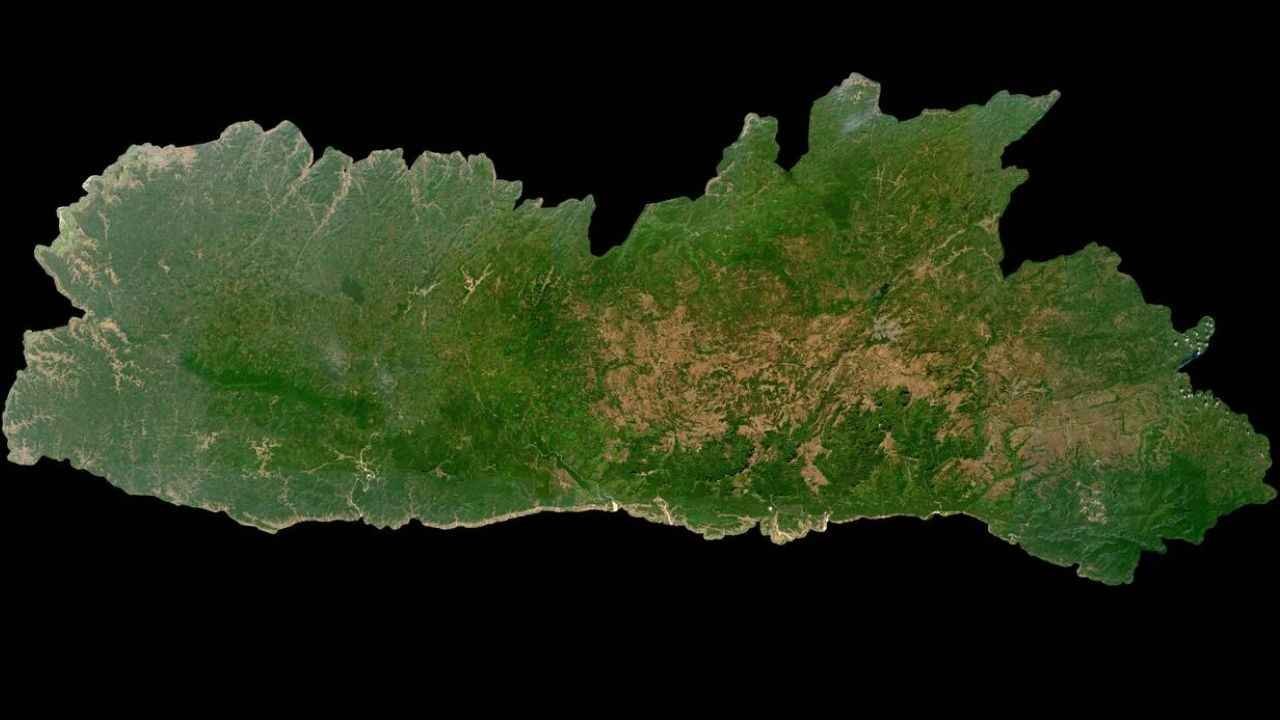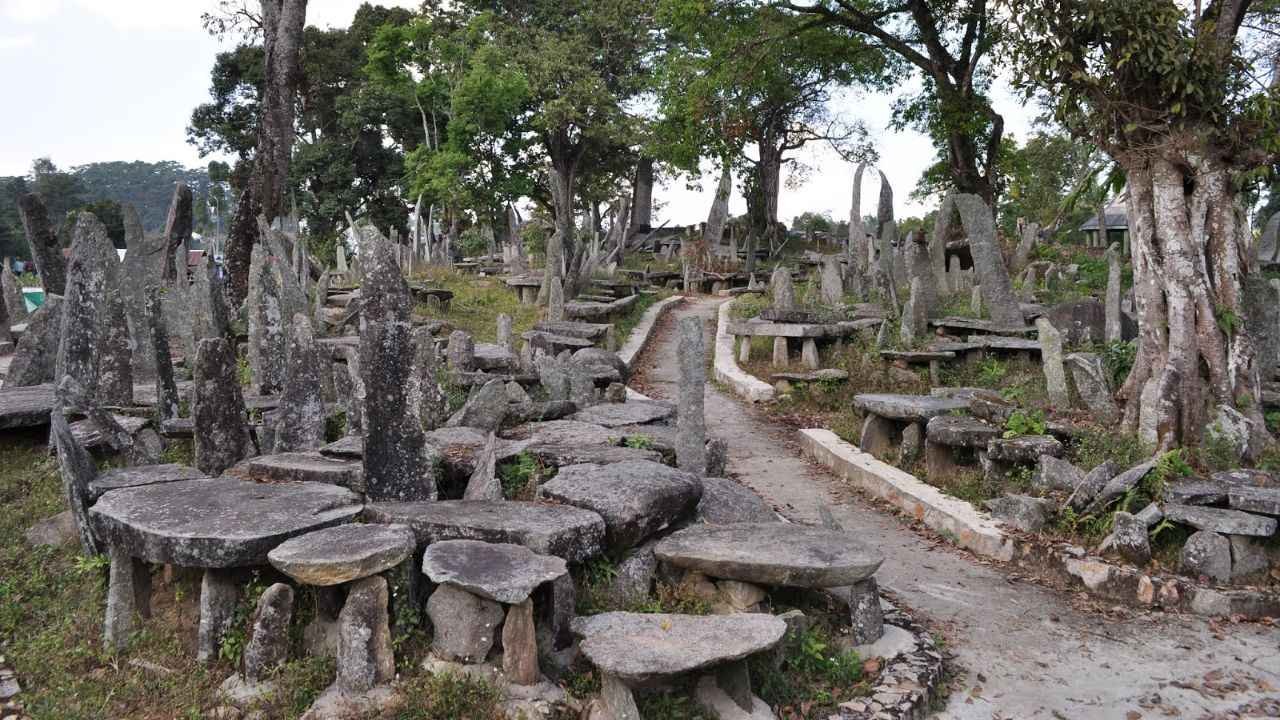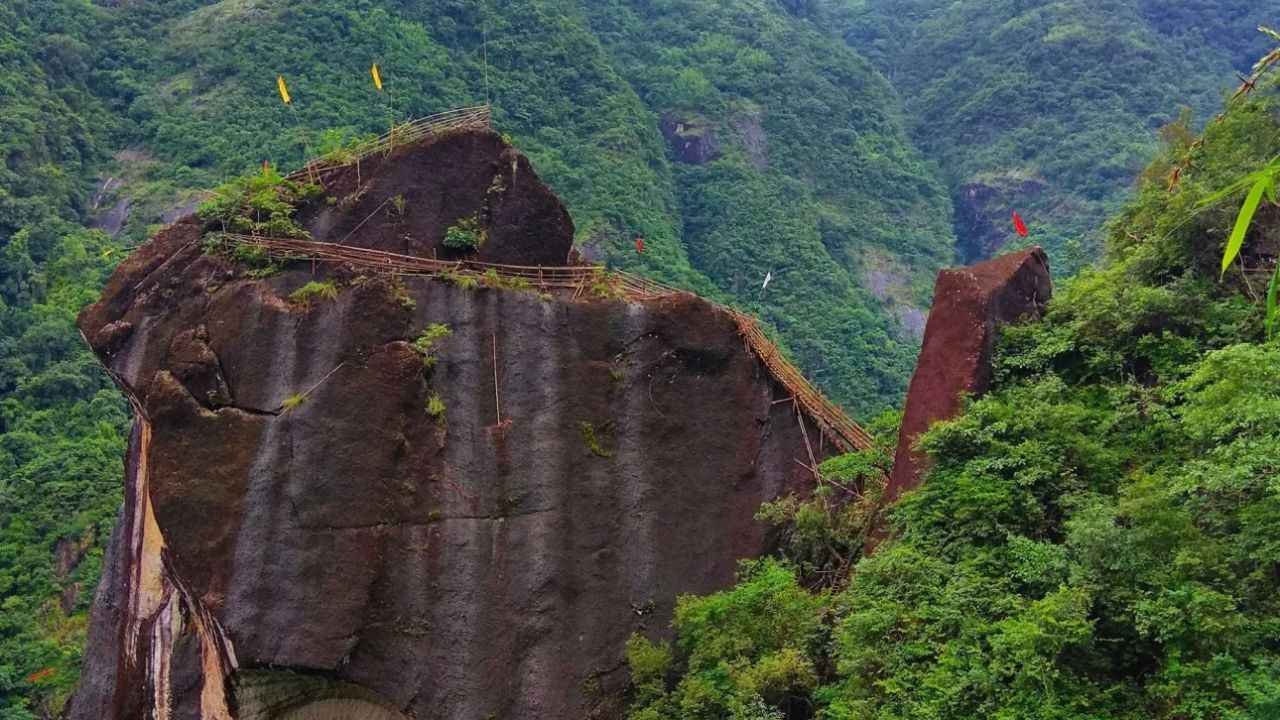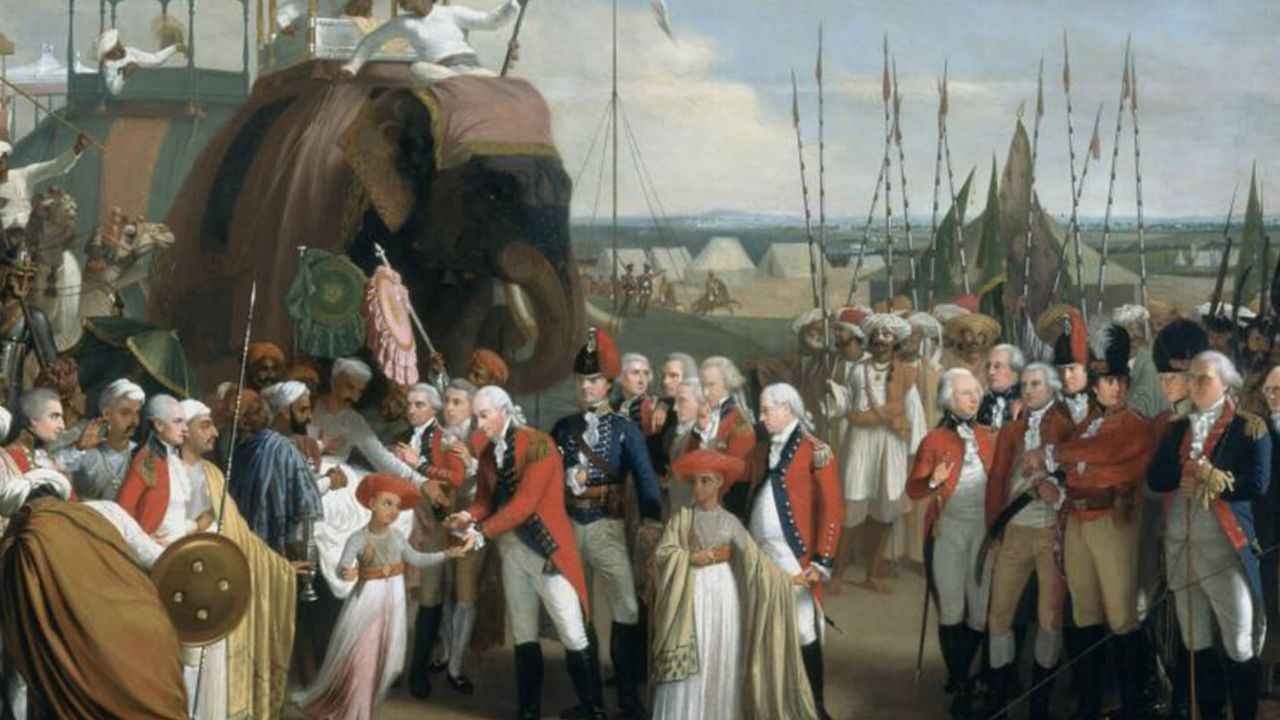Rich History of Meghalaya

Rich History of Meghalaya. Meghalaya called the “Abode of Clouds,” is one of India’s most enchanting states in the northeastern part of the country. With lush landscapes, vibrant culture, and rich history. Meghalaya stands out as a unique blend of nature and diverse traditions.
In this blog post, we will explore the history and legacy of this remarkable state. Uncover the cultural heritage and its role in modern India.
The Early Inhabitants of Meghalaya

The history of Meghalaya stretches back to ancient times. Before Meghalaya became a part of independent India, it inhabited by various Indigenous tribes, especially the Garo, Khasi, and Jaintia tribes. It always believed that these tribes settled in this place thousands of years ago.
Khasi people are generally regarded as the earliest settlers. Their presence in the region dates back to at least the 7th century AD, and the Garos and Jaintias followed much later.
They known for their distinct culture and traditions, shaped by their geographic location and their habitat. The native communities developed their lifestyle based on geolocation.
Political Structure and Rich History of Meghalaya

The Khasi, Garo, and Jaintia people developed their forms of governance, based on traditional councils. One of the key features of this community is their matrilineal structure.
In matrilineal society lineage and inheritance passed through the female side. Khasi family, the youngest daughter inherits the ancestral property. It is a tradition that has provided women with a more prominent role in the community’s economic and social matters.
These communities were not ruled together by any king or leader. For the Khasi, these called “Syiems,” while the Garo and Jaintia also had their respective leaders.
British Colonial Influence in Meghalaya (A Historical Richness of Meghalaya)

During British rule in India, the region that is now Meghalaya came under the administration of the larger state of Assam. British tried to control the entire region and make total British dominance. But because of the geographic and strong local tribes made it harder to establish their dominance.
The Khasi and Jaintia Hills, for instance, remained somewhat autonomous until the early 19th century. In the 1830s, the British began consolidating their hold over the Khasi Hills after suppressing a fierce rebellion led by the Khasi kings against British annexation.
The rebellion, known as the Khasi Rebellion of 1829-1833, was a significant chapter in Meghalaya’s resistance against colonial rule. Despite British efforts, the Khasi, Garo, and Jaintia peoples retained their local authority.
Autonomy Movement
Meghalaya was part of the state of Assam, but this led to growing dissatisfaction among the indigenous populations. Who feared the erosion of their cultural identity and political autonomy. As Assam’s political landscape shifted, demands for greater autonomy became more vocal.
In the 1950s and 1960s, local leaders began to push for greater self-rule. Their demand was not for full separation from India but for a more autonomous political framework.
This led to the formation of the United Khasi-Jaintia Hills and Garo Hills District Councils, bodies through which the local people could govern themselves within the larger framework of Assam.
The Creation of Meghalaya

The push for a separate state culminated in the formation of Meghalaya on January 21, 1972. The creation of Meghalaya as a state marked a significant milestone in the region’s political history, as it allowed the people of the state to govern themselves more effectively and preserve their way of life.
Meghalaya became the 21st state of India, and its formation was hailed as a victory for local autonomy and self-determination. This move also recognized the deep cultural significance of the Khasi, Garo, and Jaintia peoples, whose traditional way of life had been integral to the region’s history.
Cultural Heritage: Festivals and Traditions

One of the most prominent festivals is Shad Suk Mynsiem, celebrated by the Khasi people to mark the onset of the harvest season. During this festival, traditional dances and songs are performed to honor the harvest and to give thanks to God for the good harvest. The festival is a vibrant celebration of life, joy, and community spirit.
Another significant festival is Wangala, known as the “Festival of 100 Drums,” which is celebrated by the Garo community. This festival is dedicated to the worship of the sun god and marks the end of the harvest. It is a jubilant occasion where people come together to play drums, dance, and sing, keeping their traditions alive.
In addition to festivals, Meghalaya is home to several unique customs, including the famous living root bridges of the Khasi Hills. These bridges, made from the roots of rubber trees, are an example of the ingenious and sustainable ways in which the people of Meghalaya have interacted with their environment.
Challenges and Opportunities in Modern Times
Today, in modern days Meghalaya stands on its feet and has become one of the key attractions of India and internationally. Meghalaya is now a major tourist attraction hub creating a major demand for natural beauty and rawness of pure natural peace.
Tourism has become a key contributor to the state’s economy, thanks to its breathtaking natural landscapes, such as the scenic hills of Cherrapunji, the Living Root Bridges of Nongriat, and the stunning waterfalls in the region. These attractions draw visitors from all over the world, eager to experience the state’s natural beauty and cultural heritage.
However, challenges remain. Meghalaya faces issues such as inadequate infrastructure, high unemployment, and the need for more educational and healthcare facilities. Balancing economic development with environmental conservation and cultural preservation is an ongoing struggle. The rich history of Meghalaya lies within the natives.
Also Check Out: Best Tourist Attractions in Shillong
Also Check Out: Shopping Experience in Shillong
Pingback: Best Tourist Attractions in Meghalaya
Pingback: Shopping Experience in Shillong - Full Guide
I am really impressed along with your writing abilities and also
with the layout to your blog. Is that this a paid subject matter
or did you customize it yourself? Anyway stay up the nice quality writing, it is
rare to look a great blog like this one today. Affilionaire.org!